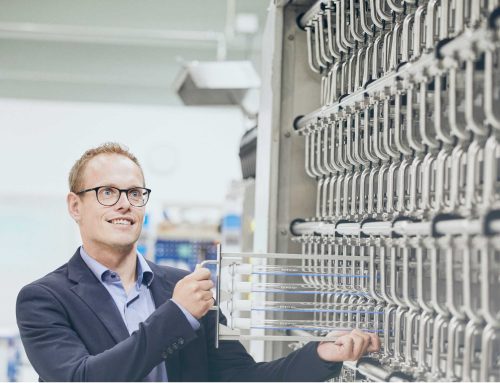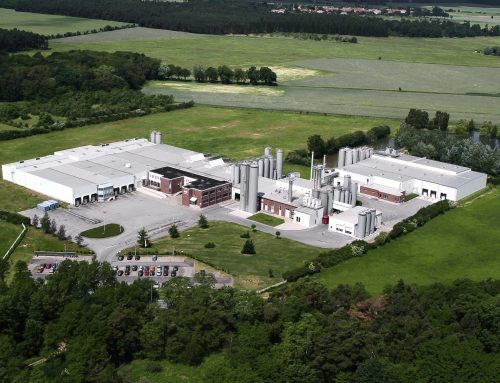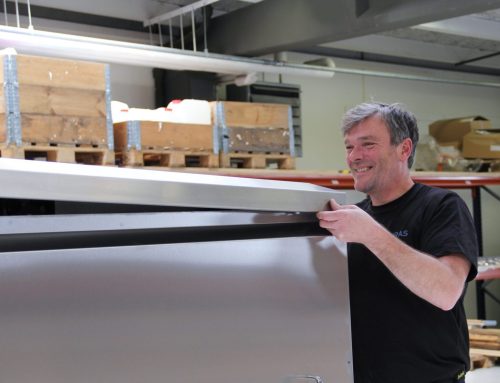Controlling listeria in brine with Raslysation
What you will learn from this white paper
- The risks of listeria in brine
- New EU legislation will be put in place to increase safety against listeria
- What raslysation can do to handle listeria in a brine pool
Listeria in brine pools
The presence of Listeria monocytogenes in cheese brine poses a significant challenge to the dairy industry, with serious implications for both product safety and public health. This bacterium’s ability to survive in the harsh, high-salt environment of cheese brine creates a persistent risk of contamination, potentially leading to outbreaks of listeriosis.
In traditional brine treatment, diatomaceous earth filters are widely used as a cleaning system. However, these systems do not control the microbiology of the brine and therefore uncontrolled Listeria outbreaks can occur in brine pools. A system that controls these potential growths of bacteria, moulds and yeasts will be necessary in the safe treatment of brine.
The European Food Safety Authority (EFSA) has recently announced an increase in the observed number of cases of listeriosis in humans in the EU, with an increase of 15.9 % from 2021 to 2022. Furthermore, the number of deaths from foodborne outbreaks caused by Listeria monocytogenes in 2022 was one of the highest numbers ever reported to EFSA in the last ten years [1]. In the US, outbreaks of Listeria are reported regularly and remain a constant risk in the dairy industry [2].
EU regulation enforce stricter criteria to improve safety
As of July 2026, a new food safety criterion is to be in effect in the EU. For products where Listeria monocytogenes can grow, manufacturers are now required to prove that the 100 CFU/g limit is respected until the end of the product’s shelf life (DLC). If the manufacturer cannot provide this proof, the product must meet the stricter criterion of absence in 25 g.
Increasing safety with raslysation
To combat increasing Listeria prevalence, novel technologies are needed. Raslysation offers an innovative solution based on UV-light that inactivates microorganisms, ensuring product quality and safety. It combines turbulent flow through transparent chemically inert plastic spiral tubes with 254nm UV-C light, which targets microbial DNA which prevents reproduction and eventually causes cell death. The system, a stand-alone unit designed for food safety with no glass-food contact, ensures all suspended microorganisms are exposed to the UV light, making it effective even for opaque liquids.
Efficacy of raslysation in controlling Listeria
Listeria monocytogenes has a D10 value of 30-35 J/m2 [3] which allow to simulate a scenario where a cheese brine pool is contaminated with Listeria. Based on the D10 value the log-reduction that can be achieved in a typical raslysation system for brine treatment is calculated to 2.3. All the relevant parameters for the simulation are listed in table 1. The contaminated liquid added could be cooling water that is carried over to the brine or from the press whey.





